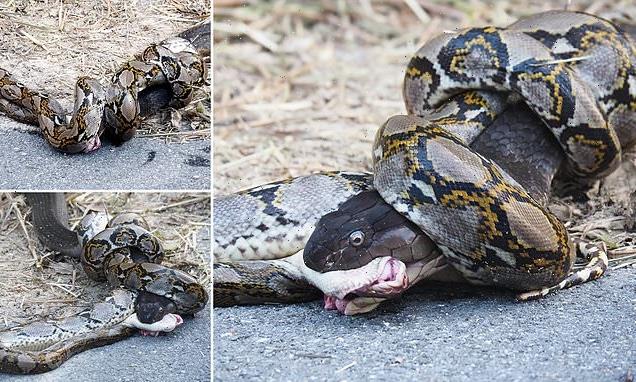Stonehenge: Historian details mystery of charred ’Neolithic lunch’
We use your sign-up to provide content in ways you’ve consented to and to improve our understanding of you. This may include adverts from us and 3rd parties based on our understanding. You can unsubscribe at any time. More info
Researchers examined the bones and teeth of 35 people in one of Britain’s best-preserved neolithic tombs, close to Hazleton in the Cotswolds. They found out that 27 of them were biological relatives from five continuous generations of a single extended family. Most of them descended from four women whom all had children with the same man. The research was done in collaboration between archaeologists from the universities of Newcastle, Central Lancashire, Exeter and York, and geneticists from the universities of Harvard, Vienna and the Basque country.
Dr Chris Fowler, from Newcastle University, called the results “astounding” as it has given fresh insights as to how prehistoric families were structured.
He said: “It tells us that descent was important.
“When they were building these tombs and deciding whom to include in them, certainly in this case, they were selecting people who were close relatives of the people who were first buried there.
“They have this close connection to their immediate ancestors and that extends over several generations.
“Family was important and you can see that with the inclusion of some very young children in the tomb as well.”
The 5,700-year-old tomb, which has been named the Hazleton North long cairn, is divided into two L-shaped chambered areas.


New research also revealed that the dead were buried according to the women they were descended from.
The study paper reads: “These first-generation women were socially significant in the memories of this community.”
It is thought that the group of people whose DNA has been analysed lived in the period of around 3700–3600BC.
The tomb was built around 100 years after cattle and cereal cultivation had been reached Britain from continental Europe.
And this was around 700 years before construction started on Stonehenge, the most famous of all neolithic structures.

Archaeologists are fairly certain that people moved around the landscape and were likely to be herding animals at the same time.
But the new research has revealed that their family ties were also important.
Dr Fowler said: “This research is really important because it allows us to see what’s going on in neolithic society.
“They are carrying out these burial practices that are tracing lines of descent … they are projecting their community forward into the future.”
The DNA analysis has exposed the ages, genders and family ties of the subjects.
DON’T MISS
Putin humiliated as ‘fraudulent’ space programme exposed [REVEAL]
Solar storm warning as NASA predicts ‘Earth impact’ before Christmas [REPORT]
Scientists pinpoint exactly when the Sun will explode [INSIGHT]


Dr Fowler said: “We have built up a much more detailed biographical picture of those individuals which makes them much more relatable to us as people,”
And because similar studies of tombs in Ireland discovered that the remains were not biologically related, Dr Fowler said that Cotswalds discovery is “quite an extraordinary result”.
Iñigo Olalde, the lead geneticist on the study, said using new technologies in DNA recovery enabled them to “uncover the oldest family tree ever reconstructed and analyse it to understand something profound about the social structure of these ancient groups”.
Source: Read Full Article


